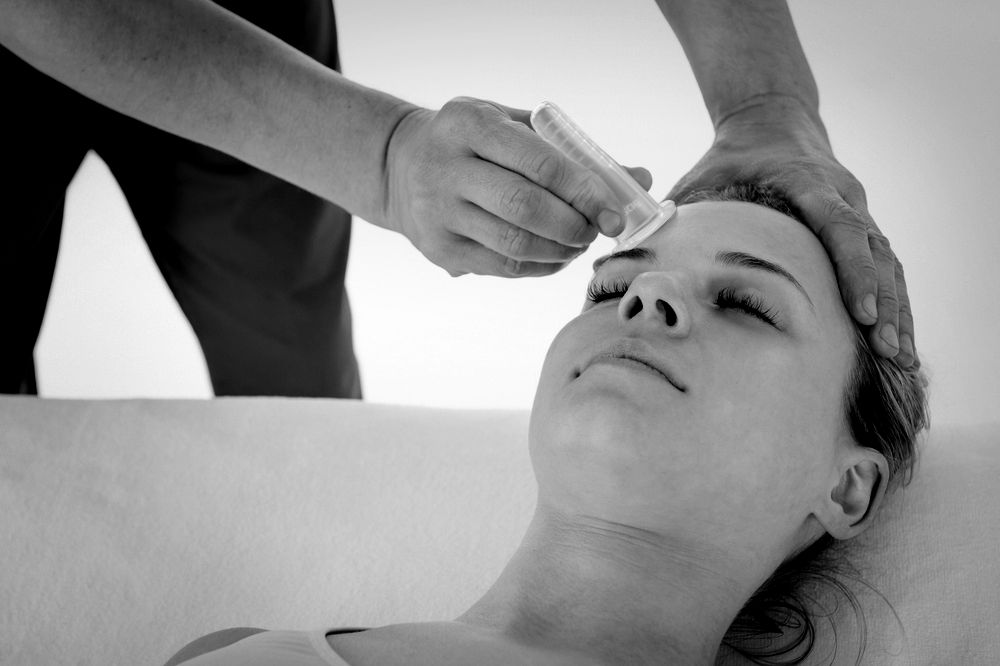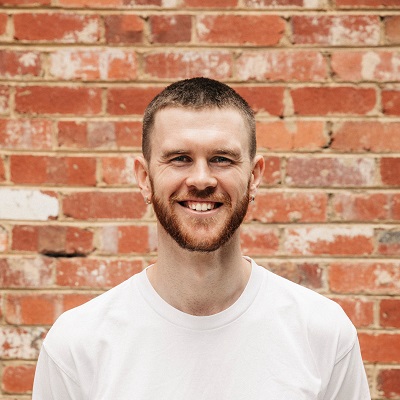Flossing & cupping course
The Flossing & Cupping course aims to demonstrate safe and effective use of silicone cupping sets and floss bands, relevant to treating the fascia. Cupping is a treatment using silicone cups to suction and lift the skin and fascial layers. Flossing is a treatment of the joints and surrounding tissues using elasticated floss bands to compress the tissues.
Bespoke fascia therapy course
Our dedicated instructors not only bring their expertise to scheduled courses but also offer the flexibility of organising personalised course. If you have a team of a minimum of 8 people, we can tailor a bespoke flossing and/or cupping course to meet your specific needs and schedule. This exclusive opportunity allows you and your team to dive deep into the intricacies of flossing and/or cupping therapy under the guidance of a seasoned professional, ensuring a customised learning experience that aligns seamlessly with your goals.
Course overview
| Duration | One day from 9am to 5pm |
|---|---|
| Course fee | TBD |
| Included | Tea Colour printed course manual Certificate of completion |
| Who can attend? |
|
| Requirements | Medical and anatomy experience/background |
What do you learn during the flossing & cupping course?
The Flossing and Cupping Therapy course delves into techniques for efficient moisture relocation post-trauma, leading to improved joint mobility, reduced muscle tension, and faster recovery. Participants learn about pain reduction, lymphatic drainage, and enhancing tissue perfusion, promoting a resilient and balanced fascial network. Cupping Therapy further offers relaxation, healing, and collagen stimulation for increased skin elasticity. The course addresses blockages, facilitates waste disposal, and explores the rejuvenating effects of these therapies, offering a comprehensive understanding and practical application for holistic well-being.

Course Outline
- Course and tutor introduction and preliminary rounds.
- What is fascia and why should we be interested in it as a therapist? current fascial research e.g. tensegrity model, the catapult effect, fascial glues, fascial lines, force transmission, fascial dysfunction and treatment.
- Introduction to cupping tools and creams, benefits and research, indications and contraindications, different applications.
- Demo + practice of flash cupping, static cupping, cupping massage, internal and external glide and cupping with movement.
- Nerve decompression and floss, proprioception
- Introduction to flossing, research, indications and contraindications
- Demo of ankle and calf and learner practice
- Demo of knee and shoulder and learner practice
- Demo of elbow and wrist and learner practice
- Other fascial treatment options and look at IASTM tools
- Course end, group picture, certificates issued and additional equipment to be purchased.
- Benefits of Flossing Therapy:
- Fast relocation and disposal of moisture after trauma.
- Improved range of motion in joints.
- Reduced muscle tension.
- Faster recovery of complaints.
- Pain reduction.
- Lymphatic drainage.
- Improved tissue perfusion.
- Ensures a flexible and healthy fascial network and restores balance in the body.
- A relaxing, soothing, and healing effect on the fascial network.
- Removal of blockages in the body.
- Fast disposal of waste and moisture (lymphatic drainage).
- Stimulates the production of collagen and elastin.
- Improved elasticity and firmness of the skin (for example, in the case of cellulite).
- Improvement of scar tissue, skin adhesions, and wrinkles.
Our Australian instructors
 Christel Lemmens
Christel LemmensChristel Lemmen runs her own practice in Australia specialising in Physical Education and Exercise Science. With a global presence, she frequently conducts online workshops, splitting her time between Australia, the Netherlands, and the UK. Renowned for her expertise, Christel is a sought-after guest speaker at events and wellness resorts, drawing on her deep understanding of personalised functional health approaches to enrich her teachings.
 Trent Dolman
Trent DolmanTrent, a registered acupuncturist and exercise therapist based in Brisbane, specialises in working with professional young athletes, cross-fit athletes, and orthopaedic conditions. His unique approach blends traditional techniques with modern, evidence-based methods, allowing Trent to deliver comprehensive and holistic patient care.
 Benjamin Humphries
Benjamin HumphriesBen is a leading physiotherapist who seamlessly blends traditional practices with manual therapy and rehabilitation. As an industry influencer and educator, he is reshaping approaches in physiotherapy. With additional training in Myotherapy, Remedial Massage, Chinese Medicine, Chiropractic, and Exercise Science, Ben’s expertise extends across various fields.
 Tony van der Niet
Tony van der NietSince 2015, Tony has been dedicated to improving the lives of patients dealing with toxicity, be it from sickness, disease, lifestyle, or genetic factors. His protocol includes lymphatic massage, compression garments, kinesiology taping, and innovative techniques like flossing, cupping, and IASTM therapy. As a Remedial Massage Therapist specialising in lymphatic massage, he also serves as the Sales Director at THYSOL Australia.
Want to get updated on new dates?
Bespoke course enquiry
Explore tailored learning with our bespoke courses for groups of 8 or more. Whether you’re a team seeking specialised training or a group with shared interests, our instructors create engaging content to meet your unique goals. Simply fill in the form below, and our team will get back to you!
